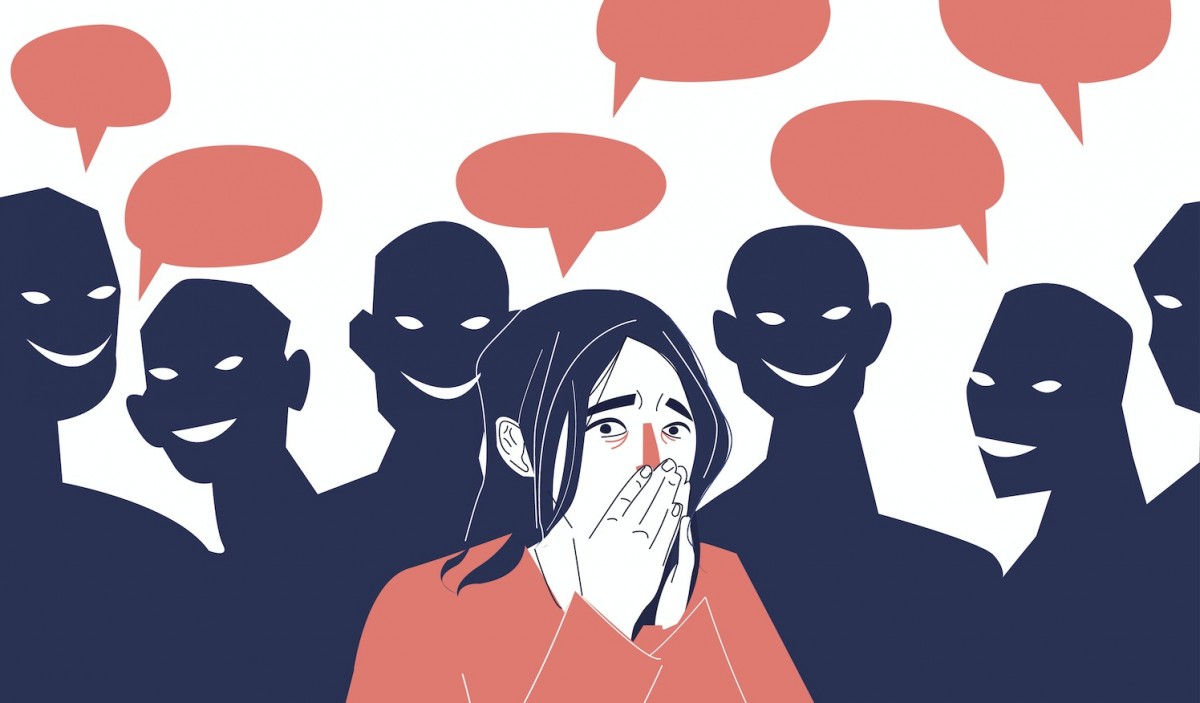Previously called social phobia, Social Anxiety Disorder (SAD) is the fear of social situations. Appearing as shyness or introversion at first, understanding Social Anxiety Disorder is not easy. Those affected tend to avoids crowds, not initiate conversations, and say no to all social gatherings. In school or in the workplace, it may be identifiable as someone who is very hesitant in presenting in front of an audience. This is despite being prepared and qualified. SAD can be disabling to those who suffer from it, and it is important to look beyond what the person is exhibiting.
Causes of Social Anxiety Disorder
It should be taken into consideration that almost every individual possesses a certain level of self-consciousness or fear of being judged. However, individuals with SAD are unable to fulfil certain tasks or duties because of their fears. This then reflects in their inability to be functional in their daily lives. It typically begins in childhood or adolescent years, and may lead to more mental health problems if left untreated.
Nature versus Nurture
The most common psychosocial crises associated with SAD are experiencing early childhood adversities or maltreatments. This is also seen when the individual has a parent with a panic disorder. Parental figures of individuals with SAD are also found to be less caring, over-critical, and overprotective.
Individuals with SAD may also present with behavioural inhibition. This is when a child manifests fear and withdrawal when introduced to novel situations and strangers.
Other factors that are related to SAD include neurochemical factors or genetic factors. It has been found that first-degree relatives of those diagnosed with SAD may be more at risk.
Comorbidities
There is an increased likelihood of other psychiatric conditions occurring simultaneously with SAD. The highest rates of comorbidities with SAD include anxiety disorders, specific phobias and panic disorders. Many individuals diagnosed with SAD also meet the criteria for avoidant personality disorder. Studies also suggest that mutism may be a variant or subtype of SAD as it is one of the largest comorbidities.
Diagnosing Social Anxiety Disorder
Clinicians use a pre-determined set of criteria to diagnose SAD, also known as the DSM-5. The following is an overview, which also corresponds to its presentation and help with the understanding of social anxiety disorder.
- Fear or anxiety is evident in social situations, where possible scrutiny may be experienced.
- Aversion to situations in order to avoid getting embarrassed, humiliated, or rejected.
- If the person is able to endure it, it is often done with intense fear or anxiety
- Anxiety experienced by an individual that is not proportional to the situation
- When an individual experiences anxiety or distress that affects their daily living
- Anxiety or fear that is not associated with a medical condition, medication or substance abuse
There is a subtype of SAD specified as “performance only”. This is where an individual’s apprehension is restricted to speaking or performing in public. A medical professional should be consulted to ascertain the diagnosis, as it has similar presentations as other anxiety and personality disorders.
Identifying triggers of Social Anxiety Disorder
The most common situations reported where these triggers are seen are during transitional times. These include transferring schools, resigning from or applying to a new job, and even getting promotions that may expose the individual to new social situations.
In identifying a treatment plan, the medical professional should trace and map out areas of concern of dysfunction. Understanding an individual’s comfort levels also aids the treatment plan which aims to gradually expand on those comfort levels.
Treating Social Anxiety Disorder
In pharmacotherapy, the first line of treatment for more generalised forms of SAD are selective serotonin re-uptake inhibitors (SSRIs). Other common drugs prescribed are benzodiazepines, venlafaxine, and buspirone. Sedation can be a side effect of these medications and should therefore only be prescribed to individuals with precaution.
Cognitive Behavioural Therapy, a type of psychotherapy is widely used by clinicians as well. And it can be effective if there is adequate rapport between the clinician and the individual. The intrinsic motivation of an individual is important too. Some methods include attention retraining, interpersonal psychotherapy, and psychodynamic therapy.
As much as professional help is essential for treatment, the support of family and friends around a patient, will be greatly beneficial. And this starts with a good understanding of the disorder itself.











